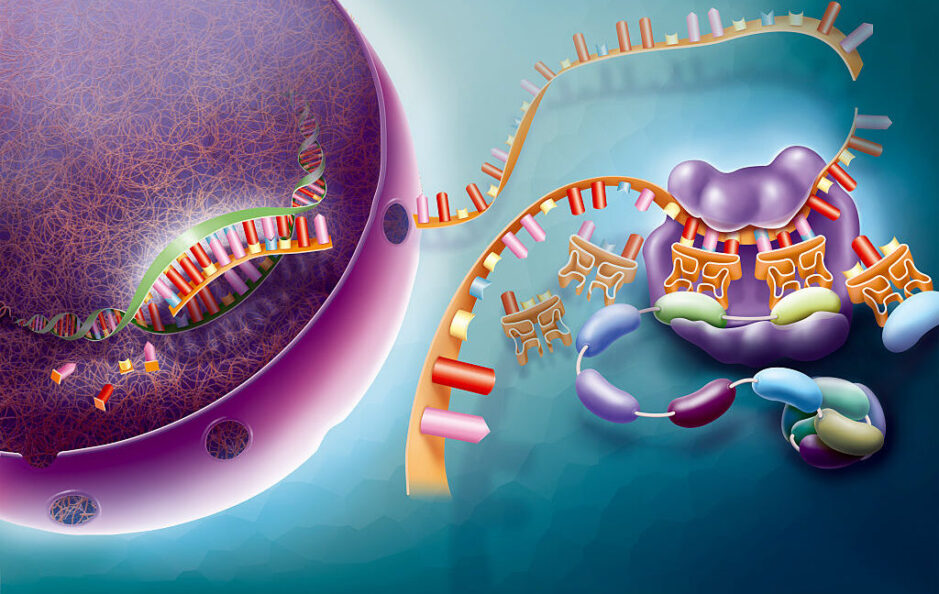Exploring Gene Activation: CRISPR and AI Predictions
Introduction
Recent advancements in genetic research have opened exciting avenues for understanding gene interactions. A recent study utilizes CRISPR gene-editing technology alongside artificial intelligence to assess how gene activity changes when individual genes are altered. The research aims to unravel the complexities of genetic interactions—especially when multiple genes are involved—and to improve predictive models for gene activity changes.
The Complexities of Gene Interactions
The interplay of gene activity is intricate. When a single gene is activated or deactivated, often, only the messenger RNA (mRNA) corresponding to that gene is affected. However, some genes function as regulators for numerous other genes, leading to widespread alterations in gene activity. This complexity escalates when multiple genes are involved.
In many scenarios, genes may exert unrelated functions, resulting in a straightforward additive effect, where the changes from one gene’s activity are simply combined with those from another. In contrast, overlapping functions could lead to enhanced or suppressed changes, creating unexpected outcomes.
Methodology: CRISPR and Perturb-seq
To investigate these effects, researchers employed CRISPR technology to deliberately alter gene activity. Following these alterations, they sequenced all RNA within the cell, using a technique known as Perturb-seq. This method provides crucial insights into the roles of the altered genes and the resulting changes in gene activity.
The research team, including Ahlmann-Eltze, Huber, and Anders, aimed to determine if foundational models could effectively predict the modifications in gene activity following genetic perturbations. They initiated their study by training AI models on data generated from previous experiments, specifically focusing on individual gene activations and combinations of two genes.
Training and Predictions
The training data comprised 100 individual gene activations and 62 two-gene activations. The AI systems were tasked with predicting the outcomes from an additional 62 gene pair activations. As a control, the researchers established two rudimentary models for comparison: one that predicted no changes would occur and another that assumed an additive effect from the activation of the two genes.
Results and Findings
The findings from this research shed light on the ability of AI models to predict gene activity changes. While the study is still in its early phases, it presents a significant step forward in understanding genetic networks. The researchers noted that despite the inherent complexities of gene interactions, the AI could provide insights that were not previously attainable through traditional methods.
Controversies and Limitations
While the benefits of these predictive models are promising, the study acknowledges the potential limitations and controversies surrounding gene editing and AI applications in genetics. Critics argue that over-reliance on AI could lead to oversimplified models that do not accurately reflect biological realities. Moreover, ethical considerations about gene manipulation, particularly in humans, remain a profound challenge in this field.
Conclusion: The Path Forward
This research highlights the transformative potential of leveraging AI in genetics, particularly in predicting how gene alterations can affect biological systems. Understanding gene interactions is crucial for numerous applications—from developing targeted therapies to enhancing agricultural resilience.
The implications are profound, as improved predictive capabilities could lead to innovations in both medicine and biotechnology. However, ongoing discussions about the ethical ramifications of genetic alterations must accompany these advancements to ensure responsible application in the future.
In summary, as scientific inquiry continues to peel back the layers of genetic activity, combining CRISPR with advanced AI models may foster new breakthroughs in understanding the very fabric of life.









